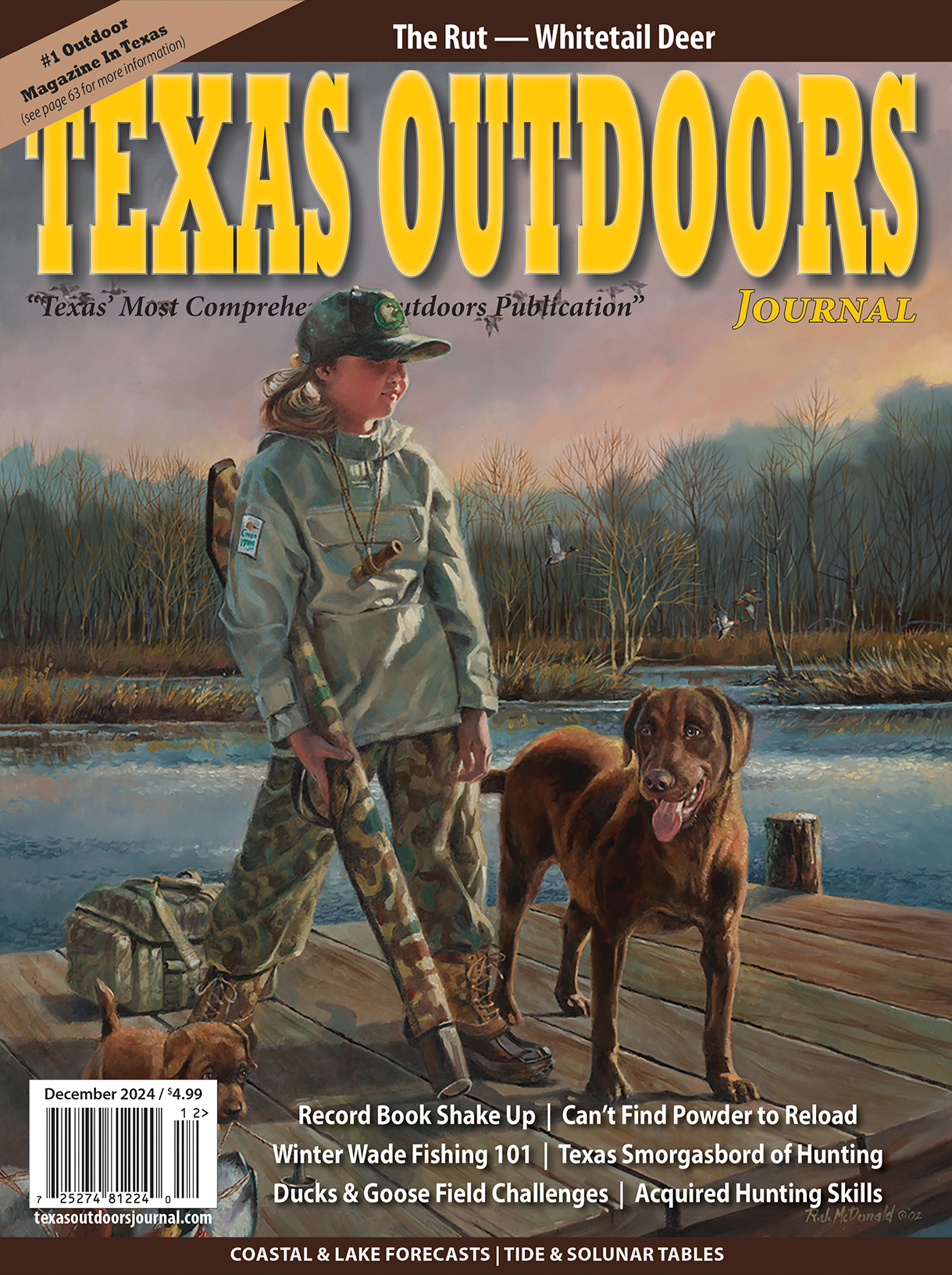
Lake Austin Fish Habitat Enhanced by Texas Parks and Wildlife Department, Local Partners
AUSTIN – Lake Austin, once considered to be one of the top trophy bass fishing destinations in the nation, has experienced a decline in natural fish habitat in recent years due to efforts to control nuisance aquatic vegetation. Without plentiful habitat it can be a challenge for anglers to target sport fish that seek cover in vegetation, like largemouth bass.
In an effort to restore balance to the reservoir and provide the habitat that sport fish need to thrive, Texas Parks and Wildlife Department (TPWD) fisheries biologists and volunteers from the Texas Tournament Zone Friends of Reservoirs (FOR) chapter conducted a joint project to supplement fish habitat with artificial fish attractors in the lake September 25.
“Until natural aquatic vegetation becomes established again in Lake Austin, these fish habitat structures will provide target areas for anglers to improve their chances of catching fish,” said Marcos De Jesus, TPWD Inland Fisheries District Supervisor for San Marcos-Austin.
The fish habitat structures sunk at 13 sites on Tuesday include artificial Mossback trophy trees which were secured by custom heavy anchors and marked with buoys and GPS coordinates. These long-lasting, environmentally friendly structures made from PVC and composite materials attract concentrations of sport fish by providing cover and food for prey fish in the small spaces between the branches.
This habitat complements a project conducted by TPWD fisheries biologists and partners in April which included the sinking of 50 concrete pillars near the dam at Lake Austin. The heavy 5 by 3-foot pillars, originally used as Camp Swift barrack foundations, create an artificial reef environment that will withstand currents during flood events.
“Habitat structures need heavy anchoring to withstand strong water current during flood pulses in this riverine system,” De Jesus said. “The heavy concrete pillars and the anchored artificial fish attractors that we placed this year should provide anglers with high quality fishing opportunities for many years to come. Anglers who want to target these locations can find GPS coordinates on the TPWD website here.”
The artificial fish structure project was funded in part by a $20,000 grant from the Reservoir Fisheries Habitat Partnership/FOR and matching dollars from Bass Pro Shops in Round Rock and proceeds from sales of TPWD’s Largemouth Bass Conservation License Plate.
“Partnerships with groups like TTZ, the City of Austin, Bass Pro Shops, and angler support through license plate sales and fishing license sales allow us to become more efficient at restoring fish habitat,” De Jesus said.
Lake Austin, considered the eighth most popular trophy bass destination in the nation by B.A.S.S. in 2014, is also home to the 24th largest bass ever caught in Texas on the statewide list of Top 50 Largemouth Bass. Additionally, the lake is home to good quality bluegill, redbreast, and redear fishing, and has low-density populations of flathead and blue catfish.
Lake Austin is classified as infested with zebra mussels. Anglers are reminded to clean, drain and dry boats, trailers, livewells/bait buckets, and other gear before traveling to another water body. Draining water is required by law and possession and transport of zebra mussels is illegal.
News Imagery Available – Video and images of the fish habitat restoration project are available at https://flic.kr/s/aHskFaHKCz.








